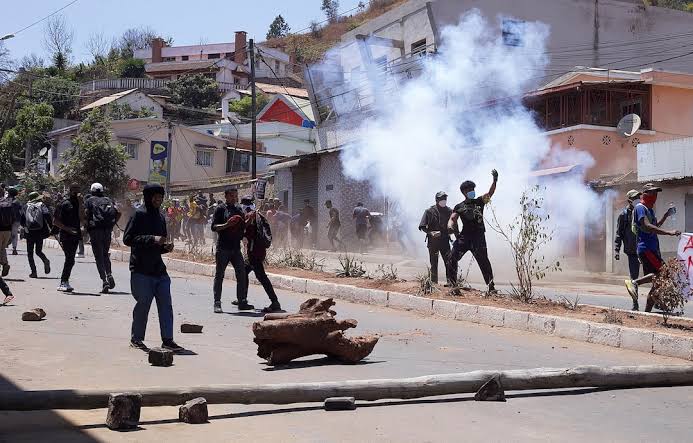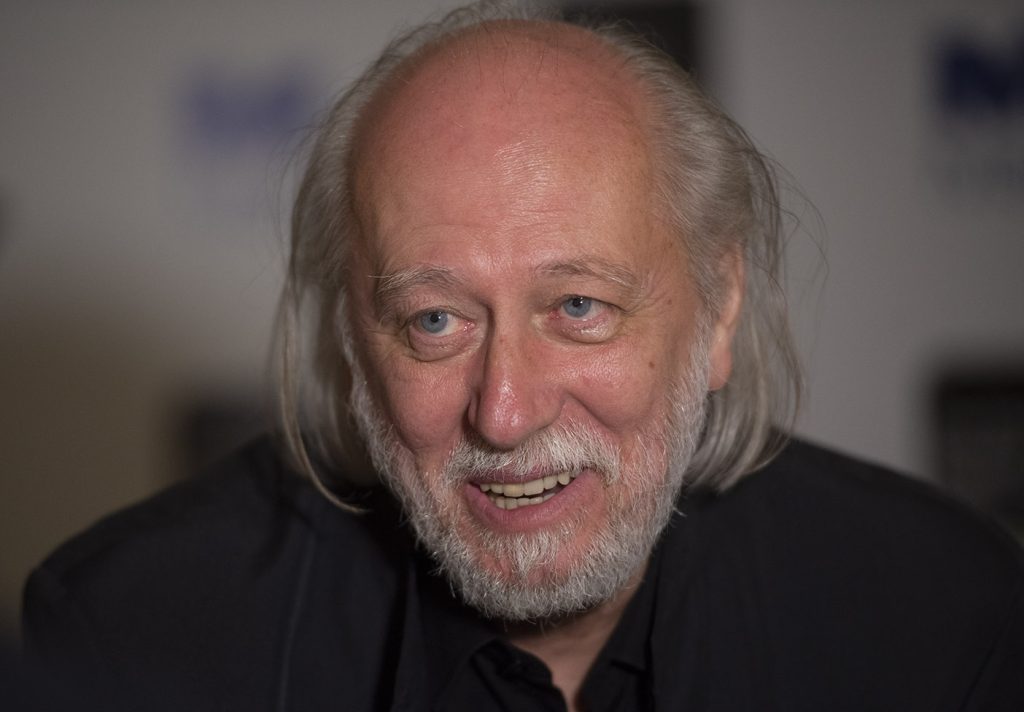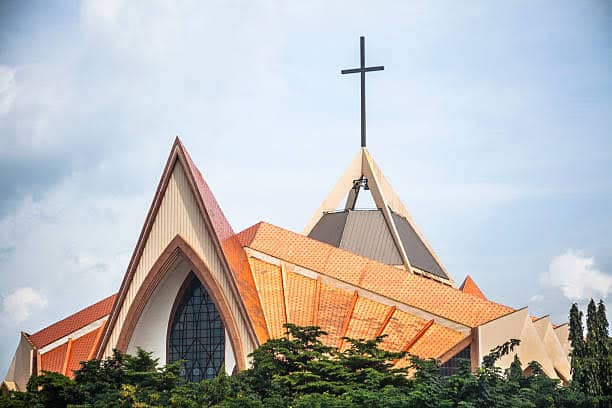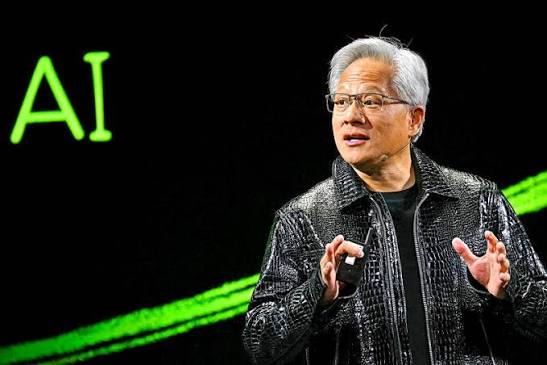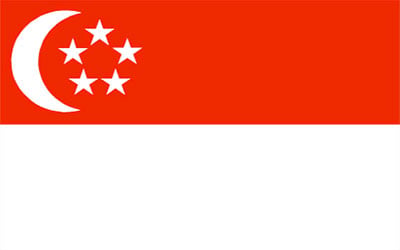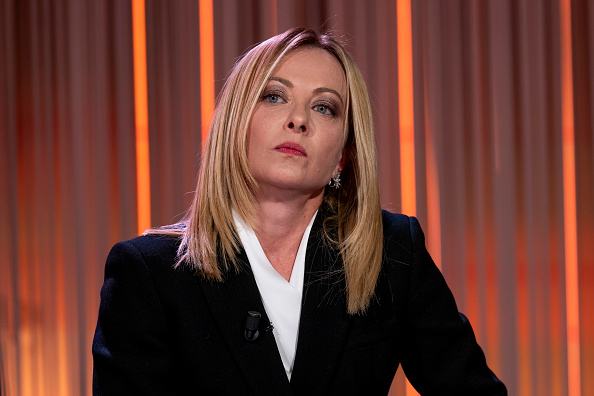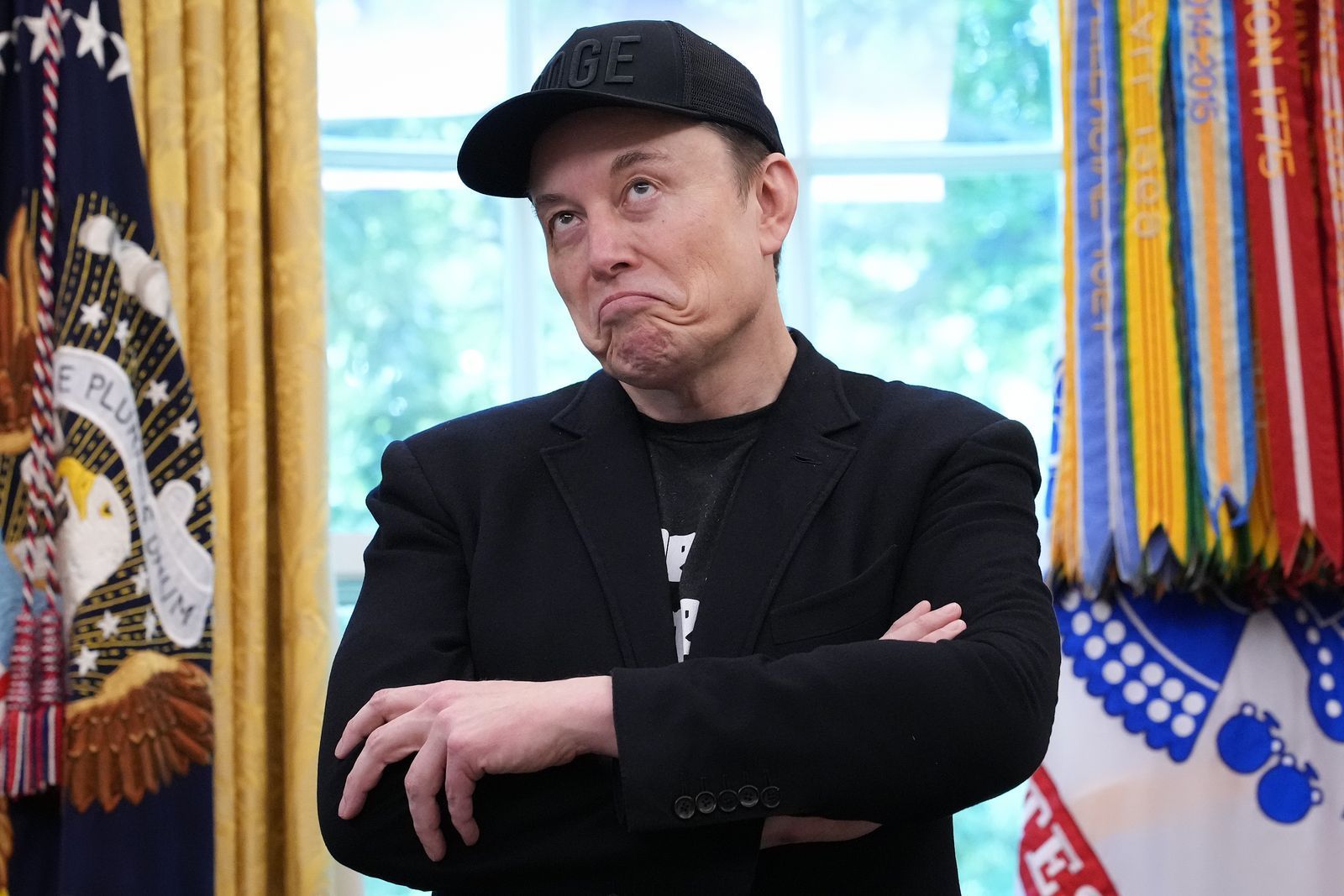Madagascar’s President Andry Rajoelina has dissolved his government following days of mass protests over worsening power and water shortages, unrest that has left at least 22 people dead and more than 100 others injured, according to the United Nations.
The demonstrations, led largely by young people in the capital Antananarivo, erupted last week as frustrations boiled over at deteriorating living conditions. By Monday, the rallies had grown into the most serious challenge to Rajoelina’s rule since his re-election in 2023 — and the largest wave of unrest the island nation has faced in years.
Crowds gathered at the city’s main university, hoisting placards and singing the national anthem before attempting to march downtown, footage from local broadcaster 2424.MG showed. Security forces moved in swiftly, firing tear gas and rubber bullets, while authorities extended a dusk-to-dawn curfew that has been in place since the protests began.
But the heavy-handed response has done little to restore order. Looting has spread across Antananarivo, with supermarkets, appliance stores and banks ransacked in recent days. Several homes belonging to politicians have also been attacked, highlighting public anger not just at service shortages but at the broader political class.
Read also: Madagascar Assassination Attempt: Fresh Suspects Arrested
Rajoelina announced the government’s dissolution late Monday, a move that analysts say is aimed at diffusing tensions and reasserting control. However, critics argue the crisis reflects deeper structural problems: years of underinvestment in infrastructure, unreliable public services, and growing disillusionment among the country’s youth.
The unrest marks a critical moment for Madagascar, a nation of 29 million people that has endured cycles of political instability since independence. With shortages of electricity and clean water worsening, and with trust in institutions fraying, Rajoelina’s leadership faces its sternest test yet.
Whether the president’s decision to dissolve his government will calm the streets — or simply fuel demands for broader change — remains uncertain. For now, Antananarivo stands at a crossroads: a city under curfew, a government in limbo, and a population demanding answers.

